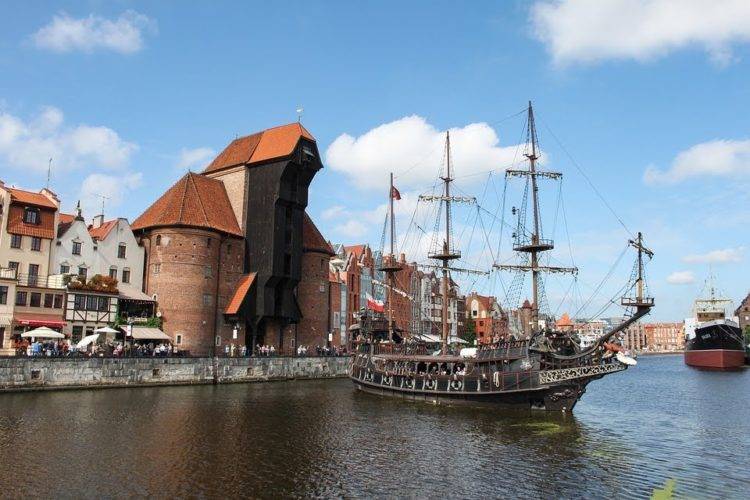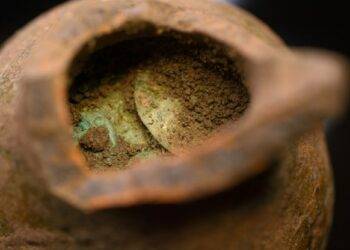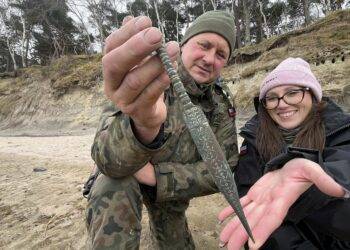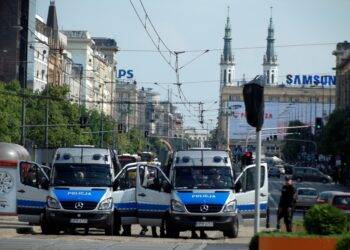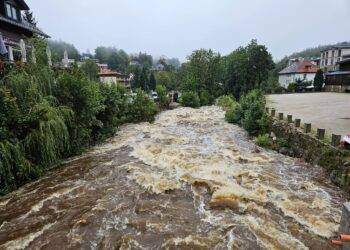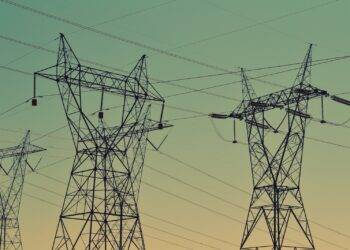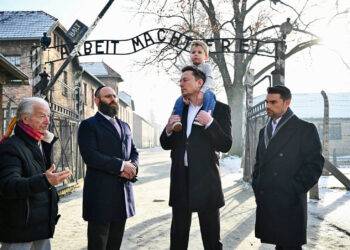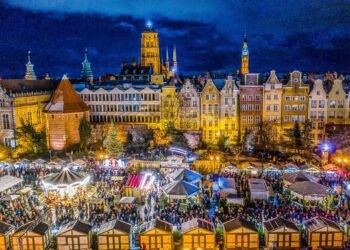From a global and historical standpoint, it appears that Poland’s golden age ended in the 16th century, under the affluent and mighty Jagiellonian Dynasty, and that things have been mostly going downhill ever since. The Polish people have suffered greatly over the course of the second 500 years of their history, but they have succeeded admirably in putting their enormous and breathtakingly beautiful country back together to form the Third Republic of today. Travel to Poland to see fast-changing metropolitan cities like Krakow, step back in time in the countryside with horses and carriages, or fully forget yourself in one of the forested national parks.
Poland, Pillage and Plunder
Whether Poland has been viewed by its neighbours as a bridge or a battlefield, the outcomes have not been favourable. Polish nations were destroyed by Mongolian invaders as early as the 13th century due to the absence of natural borders and its advantageous location between the east and the west, which would again become a scourge during the World Wars and the Cold War. Few places survived World War II unharmed, but the perplexing restoration work has even the locals fooled by the flawlessly recreated Baroque and Gothic buildings. Poland’s historic and modern cultures coexist in thriving towns like Krakow, Warsaw and Gdansk, which also feature modern art, vintage jazz, and an unrestrained youthful energy. Just outside of Krakow sits the Auschwitz Nazi Concentration Camp and Holocaust Museum. This became the focal point of the Nazi campaign against the Jews of Europe. This region is also home to Southern Little Poland, a World Heritage Site where a charming collection of ancient wooden churches still survive amid the Carpathian Mountains.
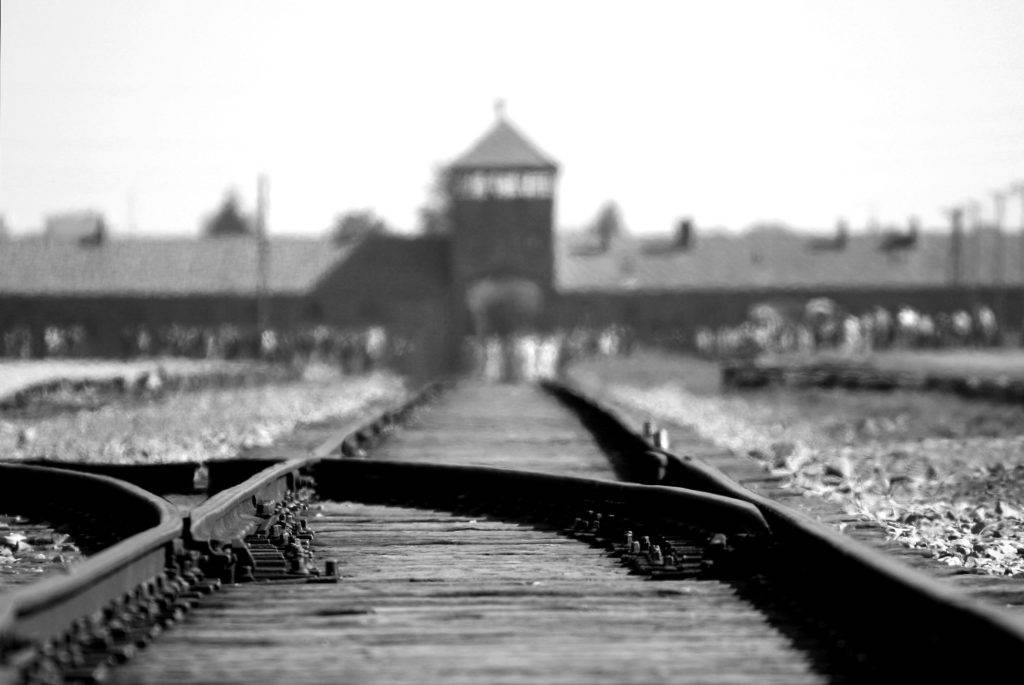
Hillside, Countryside, Seaside
Due to its location on the Baltic Sea and shared borders with Germany, the Czech Republic, Slovakia, Ukraine, Belarus, Lithuania, and Russia, Poland has a distinctive allure. Today, Poland is at last the friendlier, livelier, and less expensive relative of its neighbours. Visit the Great Mazury Lake District in the northeast, where pristine lakes and canals comprise about 15% of the territory and are sprinkled with charming settlements. Hiking, canoeing, and cycling are all very popular here. Avoid missing Malbork Fortress, the greatest mediaeval castle in Europe and the seat of the Order of the Teutonic Knights since the 13th century. Next, pause along the shore in Gdansk, a historic mediaeval Hanseatic trading city that was flawlessly restored in the 20th century, as you make your way to some of the Baltic seaside resorts. You can pay respect to Nicolaus Copernicus’ birthplace in the 14th-century village of Torun as you travel east to the Bialowieski National Park to observe Europe’s last native bison. The Sudeten Mountain Range, which includes the well-liked getaways in the Tetra Mountains, winds through a portion of southern Poland and is ideal for skiing and trekking.
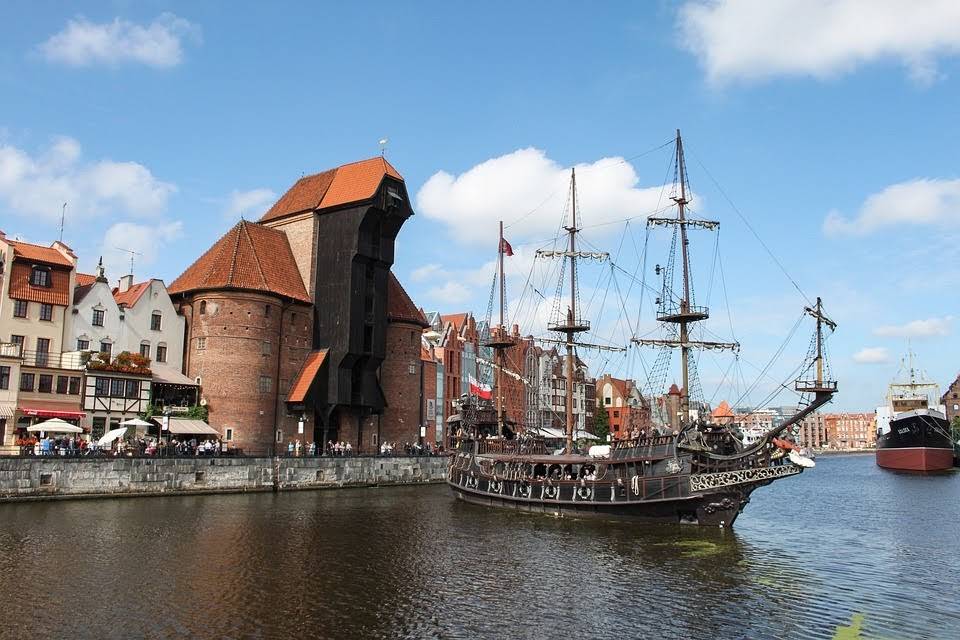
Even if Poland’s 20th-century tragedies are behind it, people still think about them. The Cold War’s violence and repression had a profound impact on the Polish culture, which is now flourishing. With open doors to people interested in learning about the Polish way of life, the reactive and eager populace has now found a space to flourish domestically, politically (as a member of NATO and the EU), and artistically. Visit Poland to learn more about a proud, well-established country that is equally eager to meet you.

